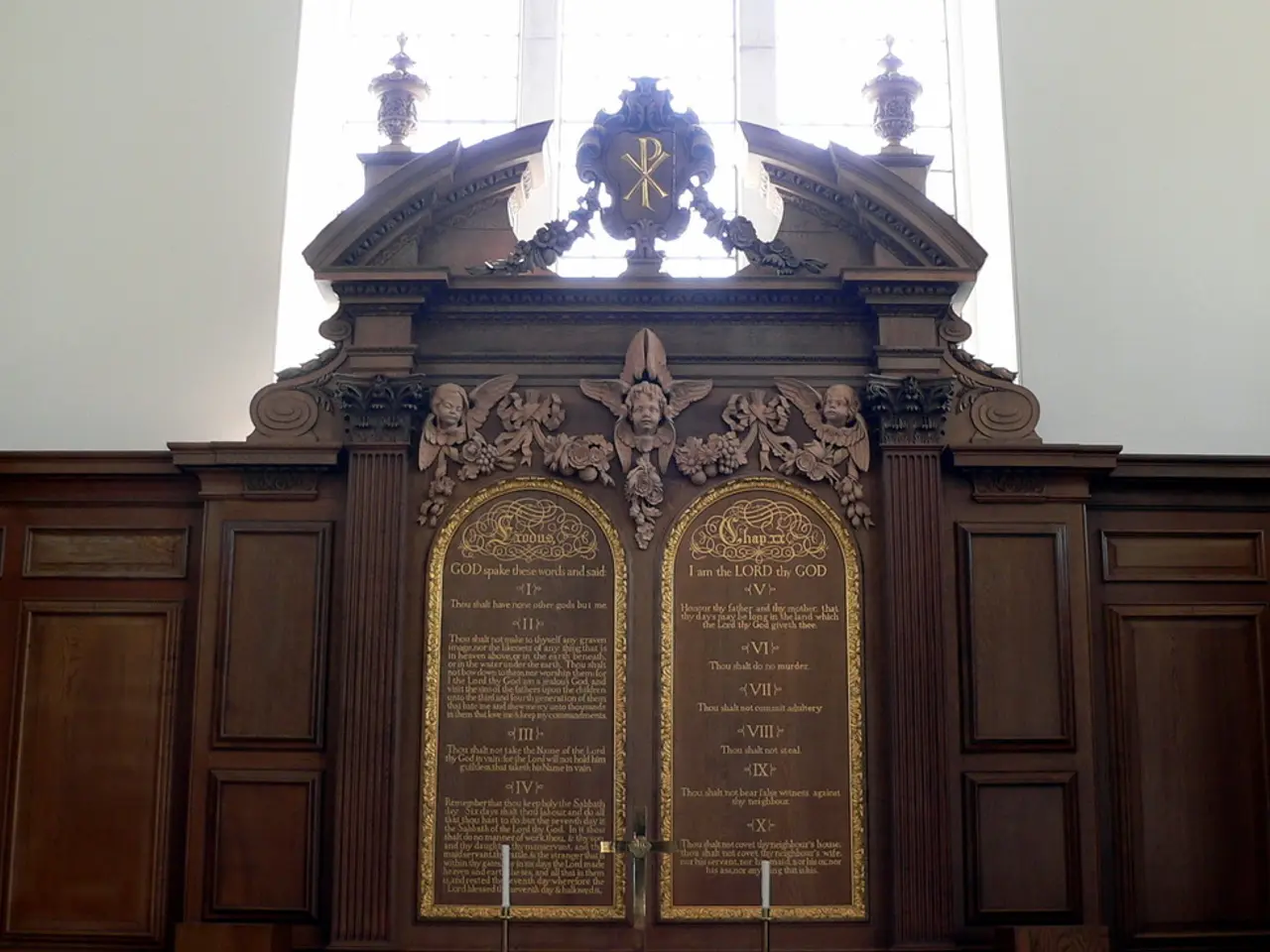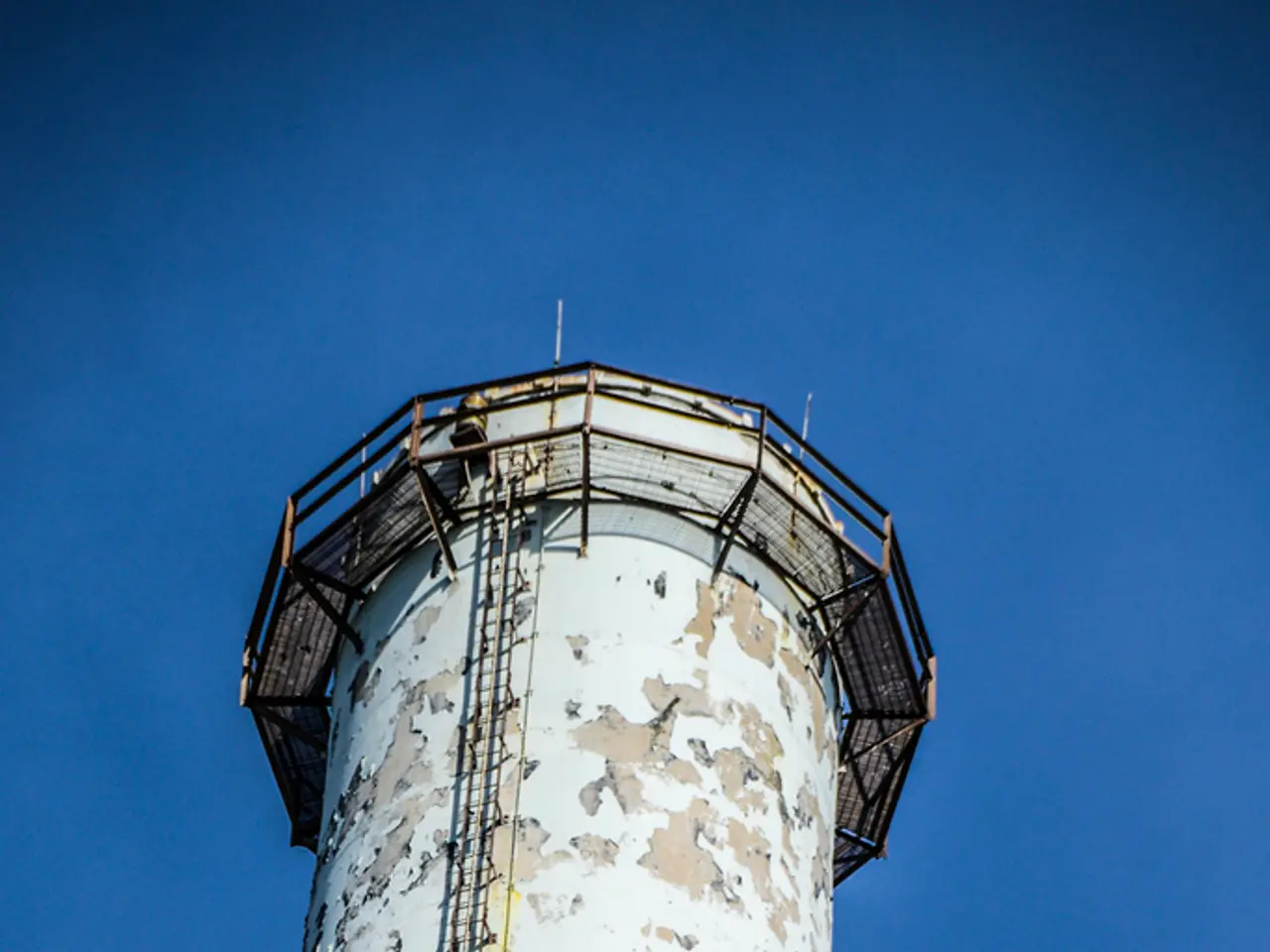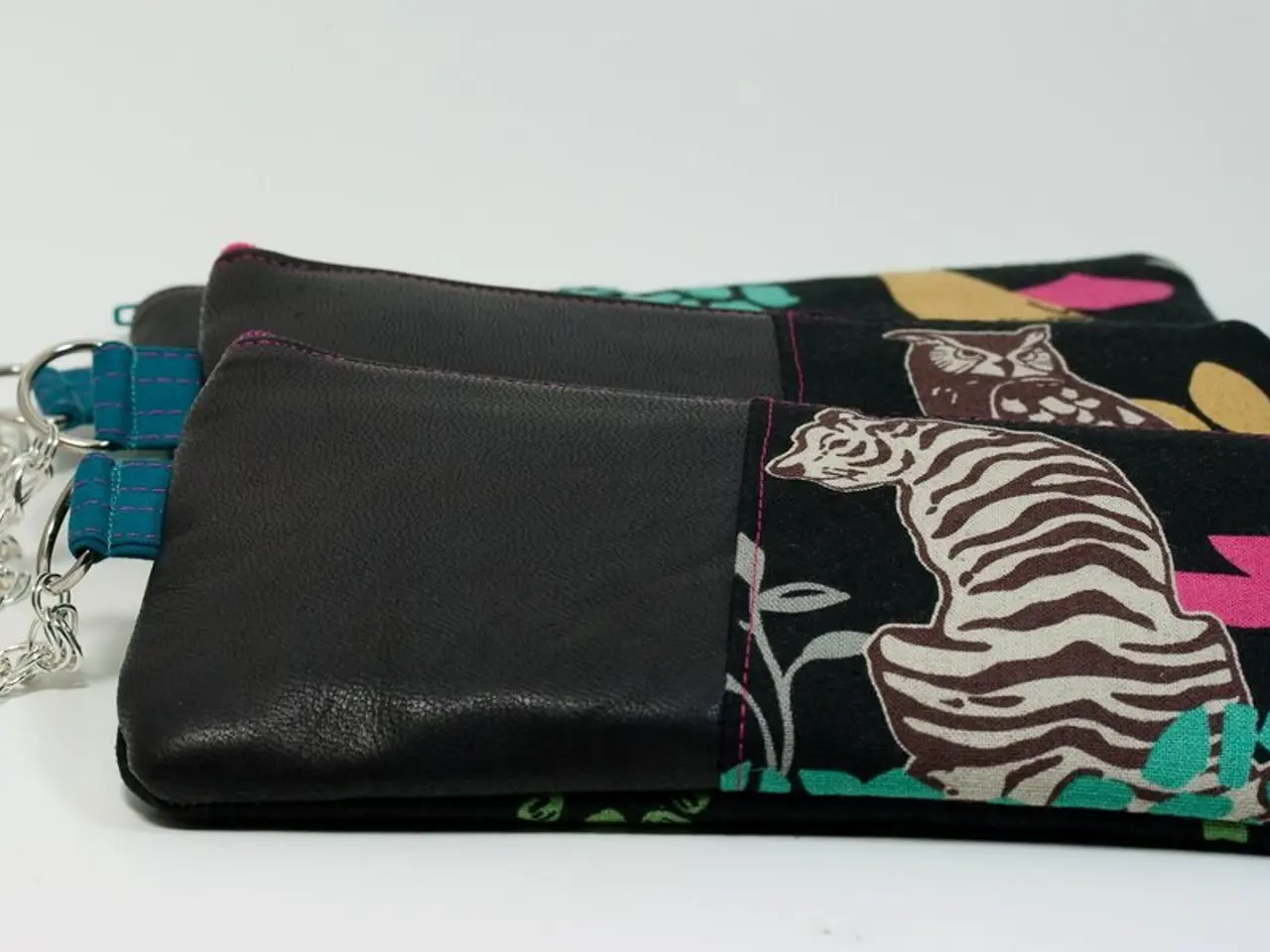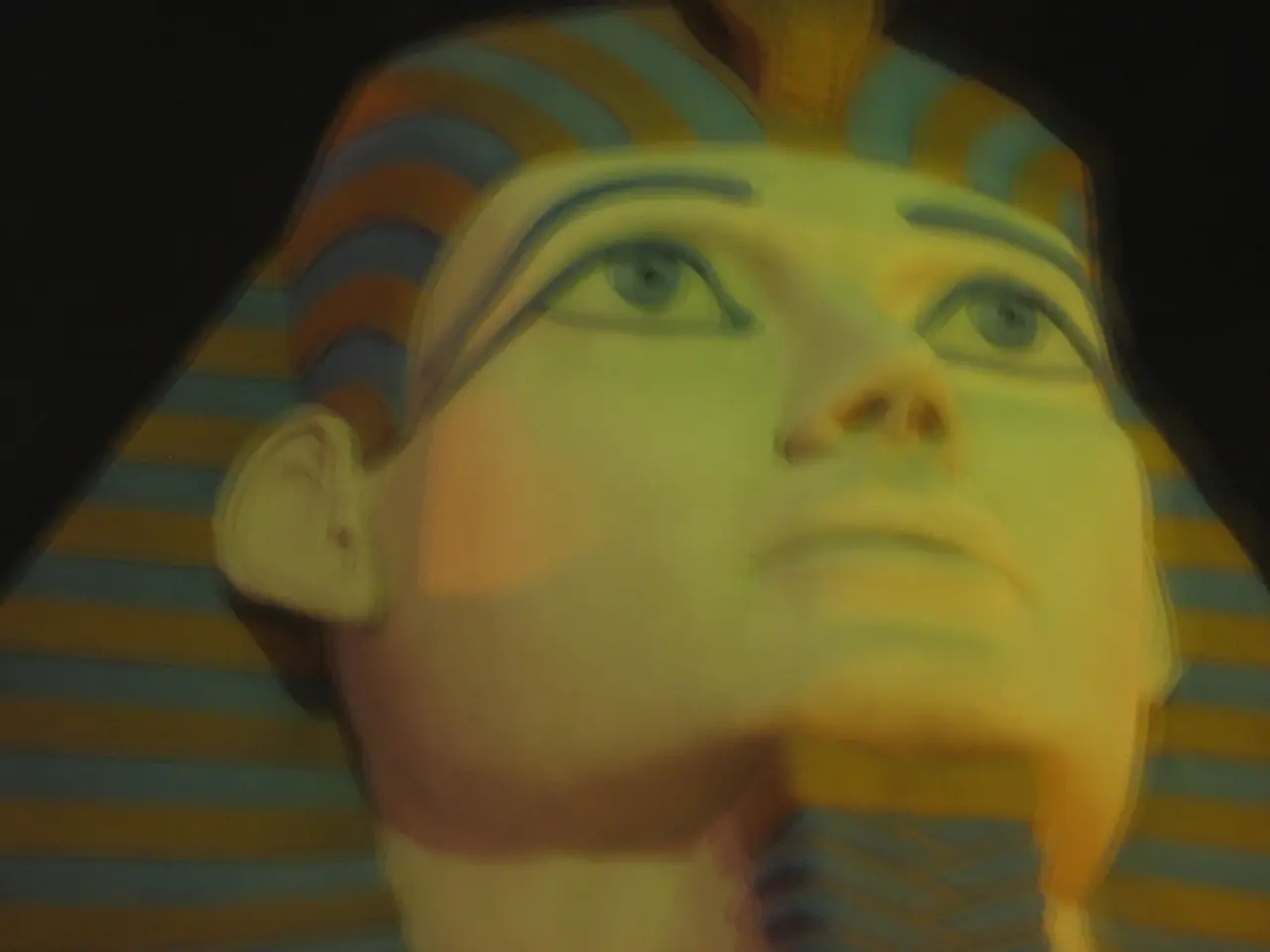Galileo's influential role in shaping the contemporary era
In the heart of Florence, Italy, the Museo Galileo stands as a testament to humanity's quest for knowledge and understanding of the universe. This museum houses an extensive collection of scientific instruments, many of which are directly linked to Galileo Galilei's groundbreaking discoveries in astronomy and physics.
One of the museum's most significant exhibits is Galileo's original telescopes, including the one he used to discover Jupiter’s satellites in 1610. This landmark event challenged the prevailing Aristotelian cosmology and supported the Copernican heliocentric model.
The museum's collection originates largely from the Medici family, who were patrons of Galileo and other scientists. Thousands of items trace the progress of science from ancient times through the Renaissance, showcasing instruments such as astrolabes, celestial globes, clocks, compasses, sextants, quadrants, calculators, and surgical tools. These instruments reflect not only Galileo’s work but also the broader context of scientific inquiry and craftsmanship in Renaissance Italy.
Galileo’s telescopes on display are highly significant because they helped transform humanity’s understanding of the cosmos. His observations of the Moon’s surface, phases of Venus, and moons orbiting Jupiter provided crucial evidence against the Earth-centered universe and supported the idea that the Earth and other planets orbit the Sun.
The museum also features a collection of early microscopes and other optical instruments, a sundial designed by Galileo Galilei, and Galileo's original thermometer, one of the earliest known devices of its kind. The museum houses a collection of books and manuscripts, including Galileo's own works and correspondence.
Visitors can also explore a section dedicated to the history of physics, featuring instruments used in experiments by notable physicists. The museum exhibits are linked to the creation of the modern world, illustrating the breadth of early scientific exploration and technological innovation.
The Galileo Museum also includes a collection of artifacts related to the history of astronomy, including telescopes and celestial globes, and a collection of mathematical instruments, including compasses and geometric tools. The museum has a collection of astronomical charts and maps, including Galileo's own observations of the night sky.
The museum serves as both a repository of early scientific instruments and a symbol of Galileo’s enduring legacy. His tools stand as tangible evidence of a shift from traditional worldview to modern experimental science grounded in observation and evidence. The museum’s carefully curated displays and educational materials allow visitors to appreciate the technical ingenuity and historical significance of these instruments in advancing human knowledge.
In conclusion, the scientific instruments at the Museo Galileo, particularly those linked to Galileo Galilei, are historically significant as they document key moments in the birth of modern science, exemplify Renaissance technological advancements, and preserve the material culture through which the foundations of astronomy and physics were established. A visit to this museum offers a unique opportunity to delve into the past and witness the birth of modern scientific thought.
References: [1] Museo Galileo. (n.d.). Retrieved from https://www.museogalileo.it/ [2] Galileo Galilei. (n.d.). Retrieved from https://www.britannica.com/biography/Galileo-Galilei [3] The Scientific Revolution. (n.d.). Retrieved from https://www.britannica.com/topic/Scientific-Revolution [4] The Telescope. (n.d.). Retrieved from https://www.britannica.com/technology/telescope
The Museo Galileo's collection includes early microscopes, Galileo's original thermometer, and a sundial, showcasing not only Galileo’s work but also the broader context of scientific inquiry and technological innovation during the Renaissance.
The museum's exhibits, such as Galileo’s telescopes and astronomical charts, are historically significant as they embody key moments in the birth of modern science and preserve the material culture that established the foundations of astronomy and physics.




